Category: Plants & Animals
-
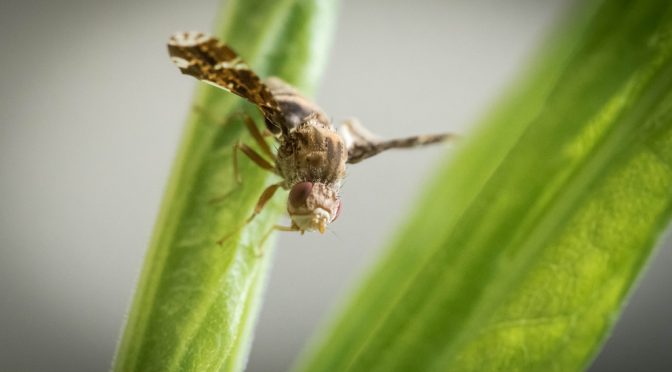
Insect vs. Plant vs. Insect vs. Plant … Outsmarting The Other Side
Our previous research showed that goldenrod plants have evolved to ‘eavesdrop’ on the sexual communications of their gall fly herbivores — specifically, the sex pheromones used by males to attract females. Our new research suggests that the plants respond to this ‘intelligence’ by strengthening, also known as ‘priming,’ chemical defenses to prevent females from laying eggs and inducing gall formation.” (Click on title for full story.)
-

Ants: Overlooked Pollinators
Our results indicate that such mutualistic associations can occur in unexpected ways, and open the way for future studies to investigate flower–ant interactions in this global biodiversity hotspot. Studies on Conospermum, as well as phylogenetically related taxa, will provide an opportunity for understanding where and when this trait evolved and how common it is amongst the flora of south-western Australia (Click on title for full story)
-
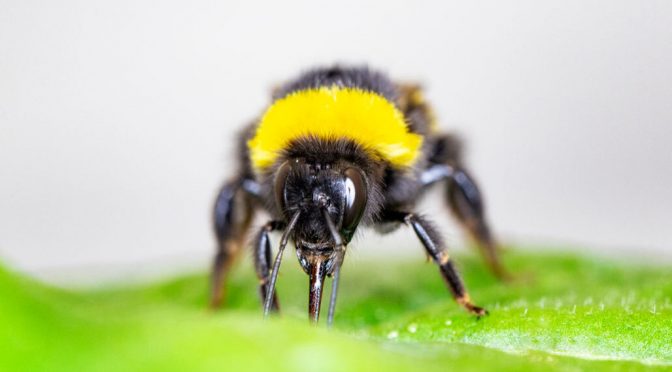
When Flowers Are Scarce Bees Manipulate Plants To Flower Sooner
Experiments show that mustard and tomato plants nibbled by Bombus terrestris bees bloomed earlier than unbitten plants by days, or even weeks (Click on title for full story.)
-
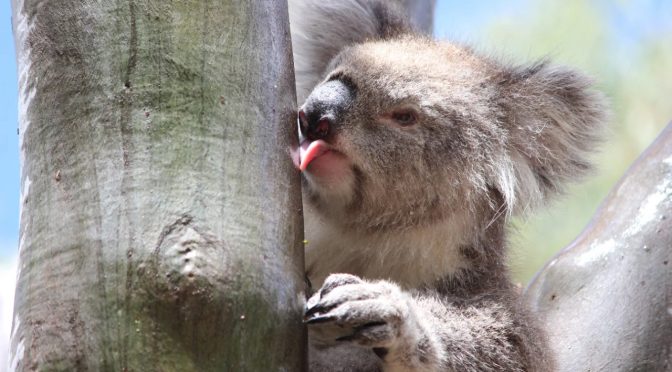
Koala Myth: We Don’t Need Much Water. Koala Truth: We Drink From Trees
This significantly alters our understanding of how koalas gain water in the wild. It is very exciting. (Click on title for full story.)
-

Plants Fool Dung Beetles Into Planting Seeds
The work of a dung beetle is simple: Find dung, roll dung, bury dung and repeat. But not in South Africa, where one plant (Ceratocaryum argenteum) has found a way to exploit the system. Its seeds are spherical, very similar to the local antelope’s droppings. As if this visual trick was not enough, these seeds emit certain volatile compounds like those found in antelope dung. (Click on title for full story)
-
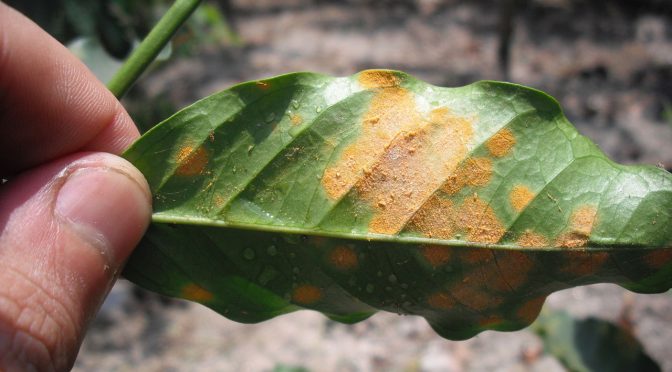
Best Hope Against Disease Of Coffee Plants May Be A Small Snail
A new discovery raises an intriguing possibility for controlling coffee’s costliest pest, and it comes packed inside a small shell. .. Asian tramp snails, Bradybaena similaris, can consume large amounts of coffee rust before the disease can damage the plant. Leave one snail on a rust-covered leaf, and it can hoover up 30 percent of the fungus in 24 hours. (Click on title for full story)
-
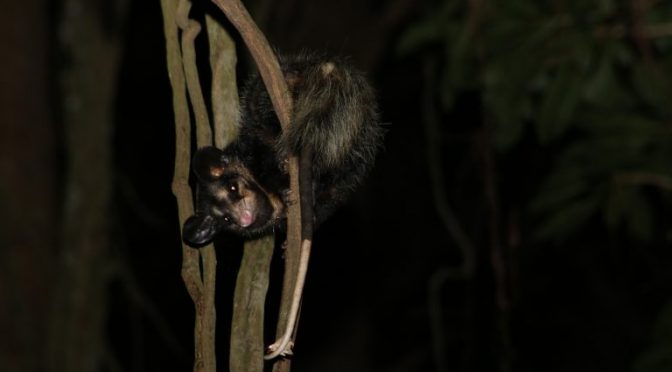
Stealthy Possum Pollinates Flower And Confounds Scientists
In Brazil there is a plant so strange that researchers predicted – and 27 years later, proved – that opossums are key to its pollination. (Click on title for full story.)
-
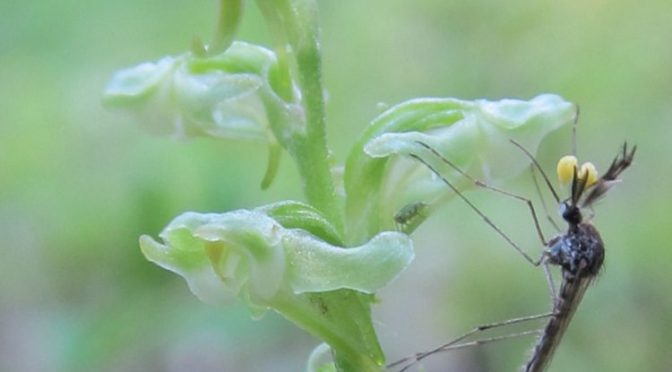
The Unsung Relationship Of Mosquitoes And Nectar
. “For male mosquitoes, nectar is their only food source, and female mosquitoes feed on nectar for all but a few days of their lives.” Yet scientists know little about the scents that draw mosquitoes toward certain flowers, or repel them from others. This information could help develop less toxic and better repellents, more effective traps and understand how the mosquito brain responds to sensory information — including the cues that, on occasion, lead a female mosquito to bite one of us. (Click on title for full story.)
-
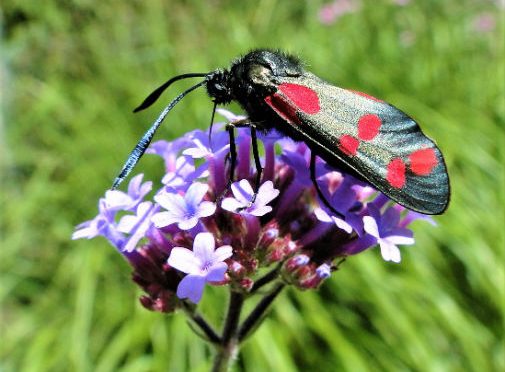
Non-Native Plants Play Important Role In Supporting Native Insects
“A balance of both native and non-native plants may help provide a home for the widest variety of insects in our gardens. It is important to ensure that at least a third of plants are native, as the research suggests that these plants provide the best home for most insects. However, “The presence of some non-native plants may help provide a home for unusual or rare British insects that may be struggling to find a home on our native plants.” (Click on title for full story)
-
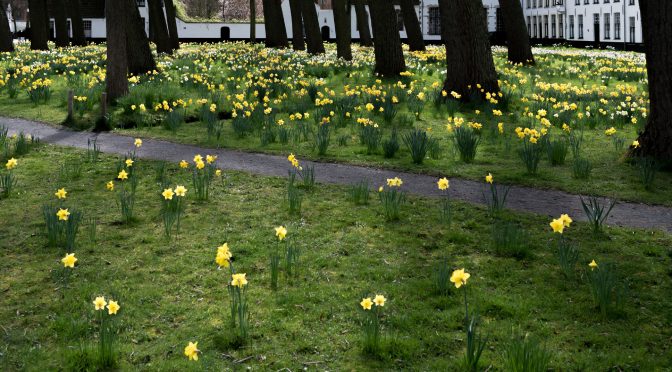
Flowering Bulbs In Warm-Season Lawns Aid Pollinators
Thirty early-spring flowering bulbs were established in bermudagrass and buffalograss lawns in late August. Those bulbs were then assessed over three growing seasons for flowering characteristics, persistence, and their ability to attract pollinating insects. (Click on title for full story.)
